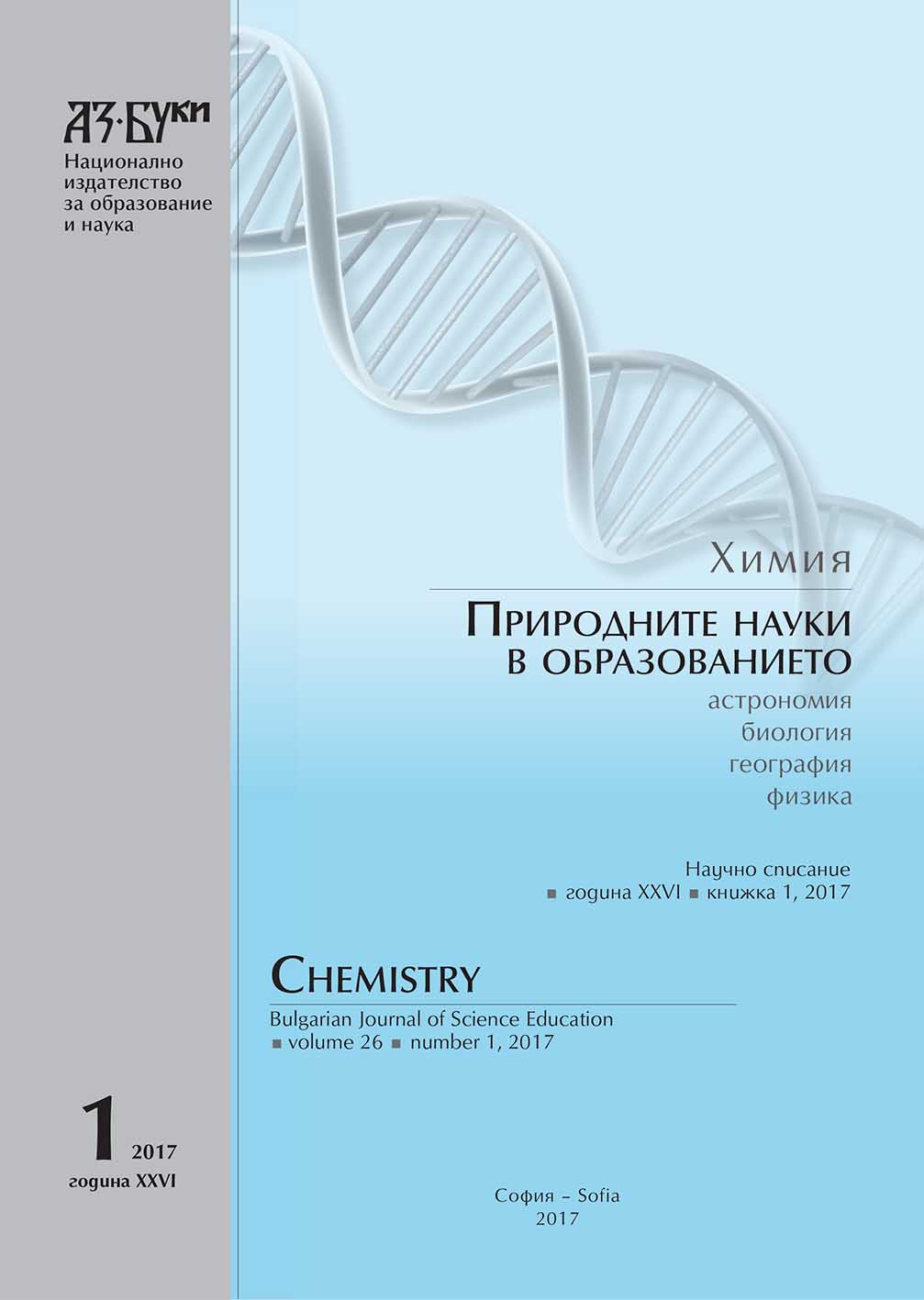
We kindly inform you that, as long as the subject affiliation of our 300.000+ articles is in progress, you might get unsufficient or no results on your third level or second level search. In this case, please broaden your search criteria.

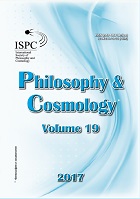
“The Society of the Future” as a futuristic project is a powerful source of modern management. The necessity of the new management for the society of the future is a paramount task for any country. In this article, we focus our attention on Ukraine. After the Revolution of Dignity, our country shows good dynamics of changes in the public sphere. However, these changes are hampered by old and ineffective management practices at the middle-level and lower-level of managers. Why is this happening? What strategies should be employed to remedy the situation? What are the new trends in training of civil servants in Ukraine? Research demonstrates that for various reasons a significant part of civil servants does not engage in the systematic development of their professional resource that is based on creativity. At the same time, a high level of tension existing in professional activity, specific difficulties in the public service system cause problems in the personal and professional development of civil servants, thus complicating the process of revealing this potential and, accordingly, obtaining the highest level of competence through the implementation of professional activities. This requires the establishment of an independent system evaluation of the managerial staff, based on personal merit and competence, in particular the development of competency profiles for senior managers in the Public Service system, as well as tools for evaluating candidates for management positions; the establishment of a network of independent evaluation centers for candidates for management positions.
More...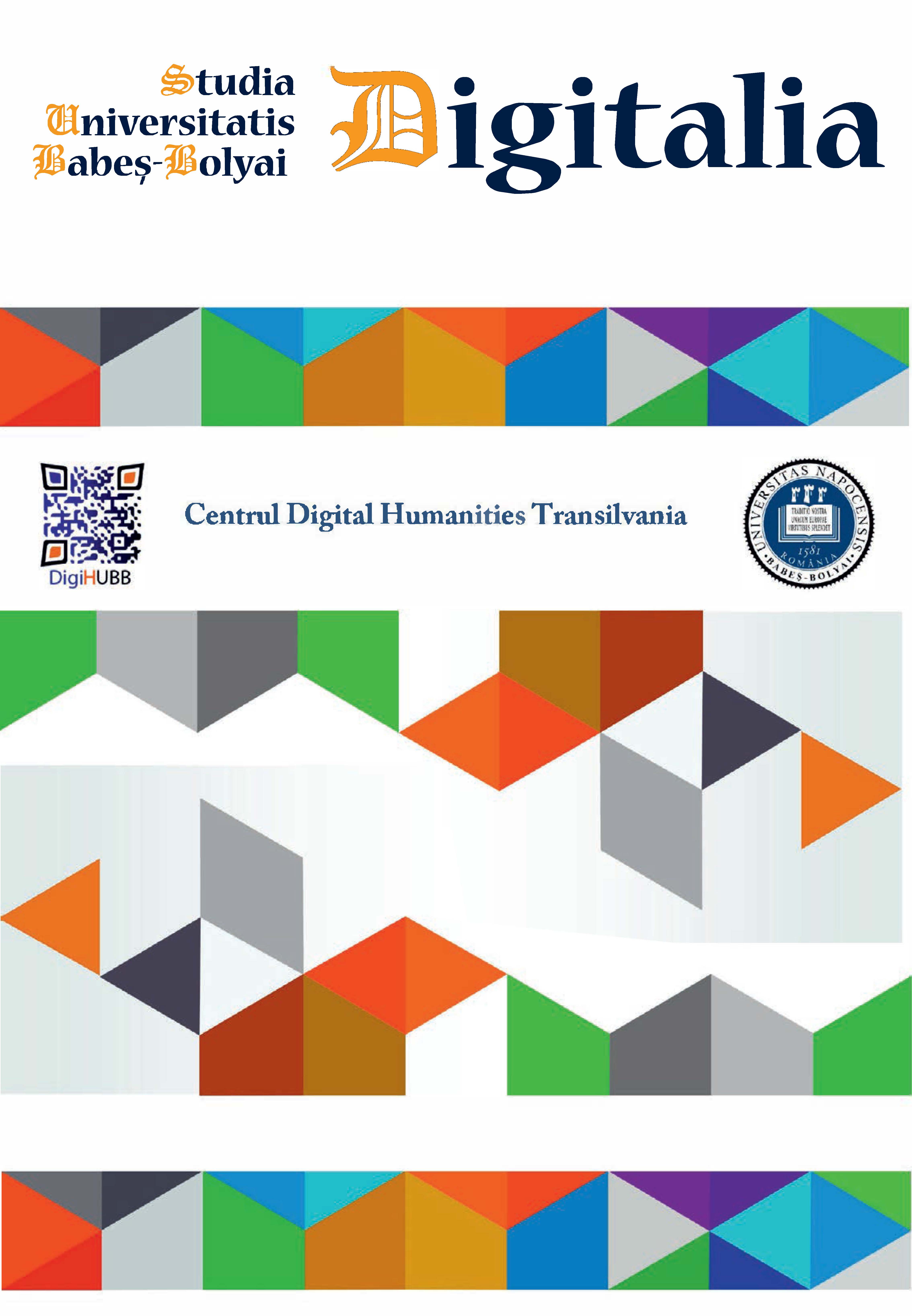
The second issue of the Studia Universitatis Babeș-Bolyai, Digitalia, offers a selection of papers and projects that were presented on the occasion of the first conference of the Digital Humanities Transylvania Centre, DigiHUBB, titled ‘Early digital computing in Eastern-Europe’, held on the 28 and the 29th of November 2017 at the Babeș-Bolyai University of Cluj-Napoca. The conference was inaugurated with the key-note speech given by Professor Willard McCarty, one of the first scholars to enthusiastically support the launch and the activities of DigiHUBB, the first digital humanities centre in Romania. In his plenary lecture, professor McCarty underlined the fact that the prospects of a new centre always brings into mind the causes of the disappearance of once brilliant ones, with the main reason being the lack of an intellectual agenda. In his paper entitled The programmer and the scholar: A conversation which opens the volume, the professor interrogates the meaning of the ‘common understanding’ that is vital for the resistance of the digital humanities as a field, a common ground understood as ‘a fundamentally interdisciplinary and methodological enterprise’ that gives value to the field of ‘intellectual ecology of the arts and the letters’. For McCarty, the programmer and the scholar are not two different kinds of people but ‘two states being in an evolving cognitive resonance’. Thus, the intersection between machine and the enquirer creates an intersection ‘where a genuine digital humanities – a practice of as well as in the human disciplines – takes place.’
More...
The prospects of a new centre for digital humanities brings to mind those once prominent centres that have disappeared, hence the question of what they did or did not do that would have made the difference. Here I suggest that they failed for lack of an intellectual agenda. Drawing from the early history of digital humanities, an ethnographic vignette of my own research, close attention to the machinery of computing and work in the history of the physical sciences, I suggest a beginning to such an agenda.
More...
After several preparatory activities in the early 50s, the Hungarian Academy of Sciences decided that it is necessary to have an electronic computer in Hungary. The Research Group for Cybernetics was established in mid-1956 and charged with the task of obtaining one. As commercial solutions proved to be impossible at that time it was decided to build the clone of a recently developed Soviet computer. The M-3 was a medium sized member of one of the first families of Soviet computers. Complete documentation and a package of key components were received in the framework of scientific cooperation. (Similar clones were built in Tallinn, Beijing, Erevan and M-3 was later manufactured in Minsk) Building of the M-3 started late 1957 (with the author's participation). Some life-signs were emerging in 1959, while more-or-less stabile operation was reached in 1960. Several improvements were made over the original design. Magnetic drum memory was exported to Timisoara for MECIPT. Despite its low performance, M-3 was successfully used to solve many real-life problems both for scientific-engineering calculations and in mathematical economics. Applications in other fields, like linguistics started too. The most important contribution of M-3 was its role in educating computer experts: many of the future leading personalities - both on the development and on the application side - got acquainted with computing around the M-3. M-3 served academic computing until 1965, extended with three more years at Szeged University. In the first part of the 60s commercial computers started to arrive to Hungary both from the USSR and the West.
More...
The history of computer-oriented higher education in Hungary started in 1957, when Prof. László Kalmár started the education of “applied mathematicians” at the University of Szeged. (The author graduated in the second year of this course, later called the “Szeged School.”) This paper starts with the computing experience around M-3, the first computer made in Hungary, and the use of this experience for educational purposes. It then continues with the initiatives of the University of Szeged, and, after surveying some basic and higher-degree courses, goes on to the institutions of higher learning offering education in computer studies, all the way to the programmer and program developer mathematician courses started in 1972 at three science-universities. However, the institutions of technical education will not be discussed in such detail; although teaching applied computing skills necessary for the technical field had begun quite early, the teaching of professional IT specialists was started only around 1990. The paper contains a table listing the first elective and founding subjects and the first specializations and independent training programmes offered by each university and college. Finally there is a short overview of the connections between contemporary professors and a list of the first conferences organized for IT teachers in Hungary.The IT History Forum (iTF) within the John von Neumann Computer Society (NJSZT) was founded at the beginning of 2009. At one of its events, it occurred to the author that information about the beginnings should be gathered while the persons in question are still alive. The study took 3 years to prepare and is the product of a large-scale collaboration: a total of 130 contemporary and present day teachers, researchers, and librarians participated in the work. Typotex published the material in the form of a book in 2012 . This study, which provides insight into the everyday lives of 30 institutions, is the source for this paper. (The book includes a name-index containing 300 entries and a list of almost 500 definitive contemporary articles, textbooks and technical books published until 1980.) – The paper is concluded with a brief presentation of the digitalised “Data Archive” (see the iTF website: http://itf2.njszt.hu) that serves to preserve the history of computing in Hungary.
More...
This article is centered on the story of the pioneering endeavors in the field of informatics in Romania and more specifically in Cluj-Napoca. Stemming from personal experience and reverence towards the very first professors and specialists that opened up this vast and formidable domain, this article which reads as a history of Romanian informatics, has the added benefit of filling in a noticeable gap in texts that take into account this interesting subject. Spanning from the 50s and all the way up to the 90s and tracing the opening, and transformations, and eventual closure of research centers, laboratories, and various institutional collaborations, this article brigs a better understanding of the efforts and challenges that are always seem to be intertwined with progress, but which were eventually overcome through the persistence of brilliant scholars, and sometimes even the occasional favorable policy. Special attention is given to the entity of the Calculus Centre at Babeș-Bolyai University, founded in 1975, as the author himself was its director for 17 years until it was dismantled in 1992. This too however did not mark and end, but rather a new beginning, a different model of institution that was meant to tackle the ever-changing issues informatics face today.
More...
The paper presents a pioneering period (68-76) in the context and with the difficulties of those years remembered all of a sudden in 2006 on the occasion of the celebration of Herbert Francke in Bremen. This leaded without further explanations to a partial restart of the educational activity in the ‘graphic-imagery’.
More...
The paper reveals some valuable insights into “Albina Bank” history from a journalistic lens. This study is based on digital resources, in particular, the Economic Review journal “Revista economica” taking into consideration 20 years (1899-1918). Using a qualitative research method based on narrative inquiry and research techniques correlated to the type of data used, our study resorted to documentary research, historiography or the critical review of the business literature, and discourse analysis. In the analyzed period, the numerous mentions done by Economic Review Journal reveals the prolific activities of Albina Bank, helped and sustained the Romanian spirit and economic initiative. A new attempt of reconstructing the Romanian banking system’s activity of Transylvania was necessary due to the tracing of new possibilities to valorize both sources and a new effort, to achieve its framing within Austro-Hungary’s socio-economic and financial context. Albina Bank should be considered as a prototype, an innovation, as the successful introduction of an idea, perceived as new, into a given social system.
More...
The tendency to digitize and create online archives has recently become more common among cultural institutions. Digitizing collections and crowdsourcing the information bring more benefits to museums and the public because the digital medium facilitates a wider exposure and the circulation of a more consistent body of work. In the same line of practice, the Daguerreobase Project is a conservation initiative to digitally archive daguerreotypes on a large scale.
More...
Conceived and started in 2007 as a result of a private initiative, the collective memory 1950-2000 transdisciplinary project is one whose story (creation, evolution, valorization) is of great interest in the history of digitalization in Romania. As one of the pioneering project of digitalization in the country, it focuses on the creation of an online image archive (www.memoriecolectiva.org) and of its contemporary cultural use. Dedicated to Romanian images especially but not only from the 1950-2000 period, is unique in the field both on the Romanian and international level by how it was conceived, theme, concept, complexity and display.Part of its uniqueness and values is due to the fact that besides collecting, preserving, archiving, digitalizing or presenting the images online it has an oral history component by presenting all the images together with records (voice, video, text) of their stories or/and the stories of their collectors or photographers. Thus an interesting and important asset of the project come into be discuss: the fact that the archive is an emotional one even if is created to be impartial, to have a scientific approach, to promote and encourage researchers and artists to work with it patrimony and an important part of the project it’s dedicated to research, study and to the cultural exploiting of the online archive.
More...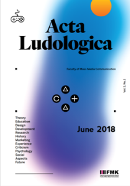
This document details the abstract for a study on zombie narratives and zombies as units and their translation from cinemas to interactive mediums. Focusing on modern zombie mythos and aesthetics as major influences in pop-culture; including videogames. The main goal of this study is to examine the applications of zombie units that have their narrative roots in traditional; non-ergodic media, in videogames; how they are applied, what are their patterns, and the allure of their pervasiveness.
More...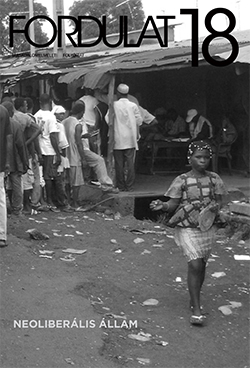
The essay gives a critical review of The Rituals of the Media by Lajos Császi. It seeks to showhow the Durkheimian sociology of religion can be applied to the modern communicationtheory and what perspectives such a combination can store for sociology. The mediahas a significant impact on the formation of public opinion; therefore, its rituals deservea special attention. However, the opinion forming power of the media depends on thesocial structure and the movement of the masses. Today even ordinary people can broadcastInternet TV-programmes and we have not even mentioned the technical possibilitiesoffered by the various social network sites. It is not only the technical competence, whichdetermines whether a given opinion will remain embedded in a narrow subculture or itsucceeds to move the masses, which was a well-loved catchword of the 20th century
More...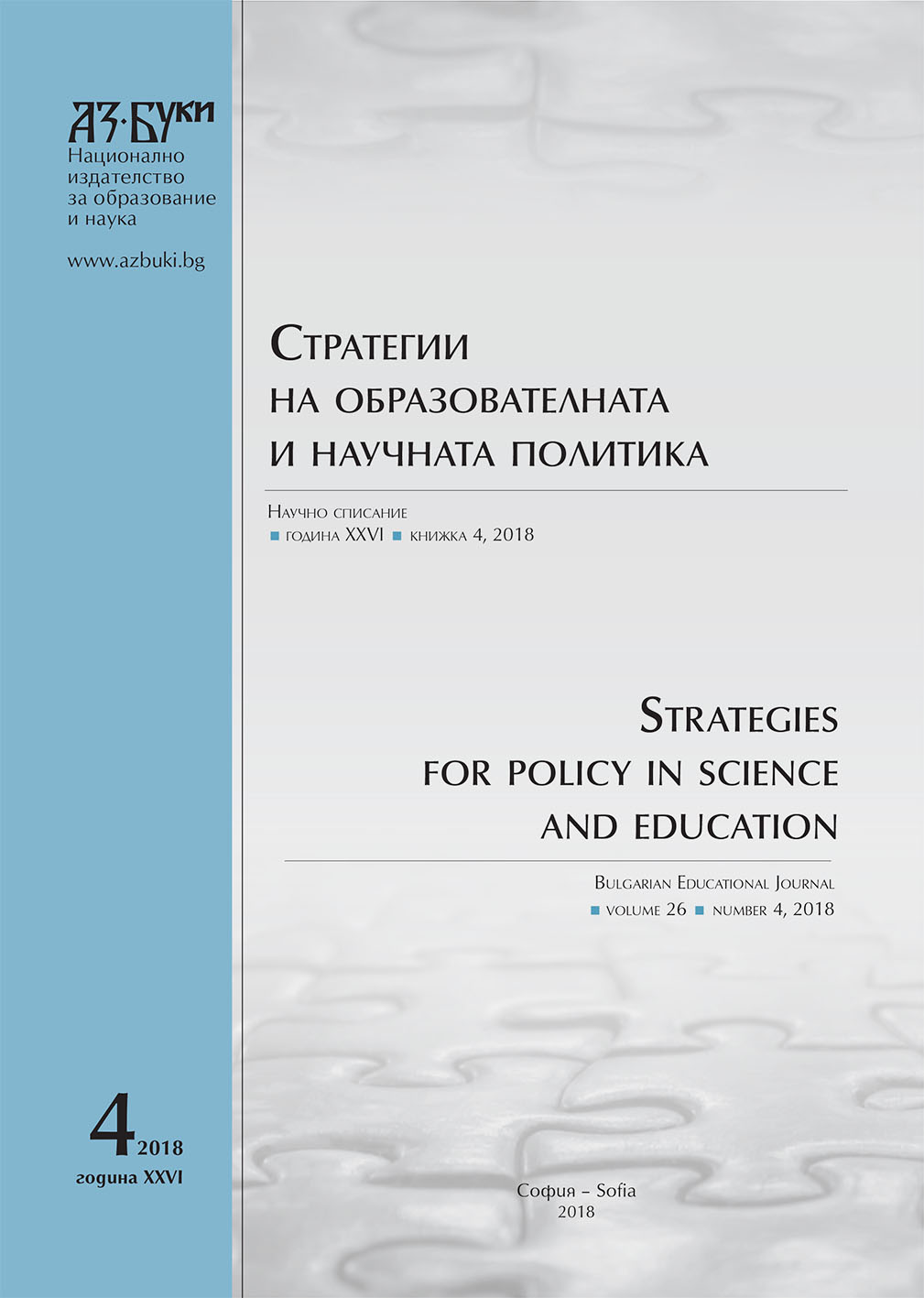
The present text proceeds from the concept of creative personality, which is defined by the creative talent intrinsic to every child. It is not related to a particular (artistic) activity, but to the primal capacity of every person to re-create themselves. From a pedagogical standpoint, such an assumption accepts that the upbringing of a person as a goal of instruction is conditioned by the nurturing of the creative gifts of the child. In school, group work requiers a group-appropriate approach, as well as the appropriation of regulative mechanisms by the system. The article describes some of them as functioning forms of compulsion, which disable the child to unfold its creative potential and contradict basic assumptions about education, which have remained unchanged from Antiquity to this day.
More...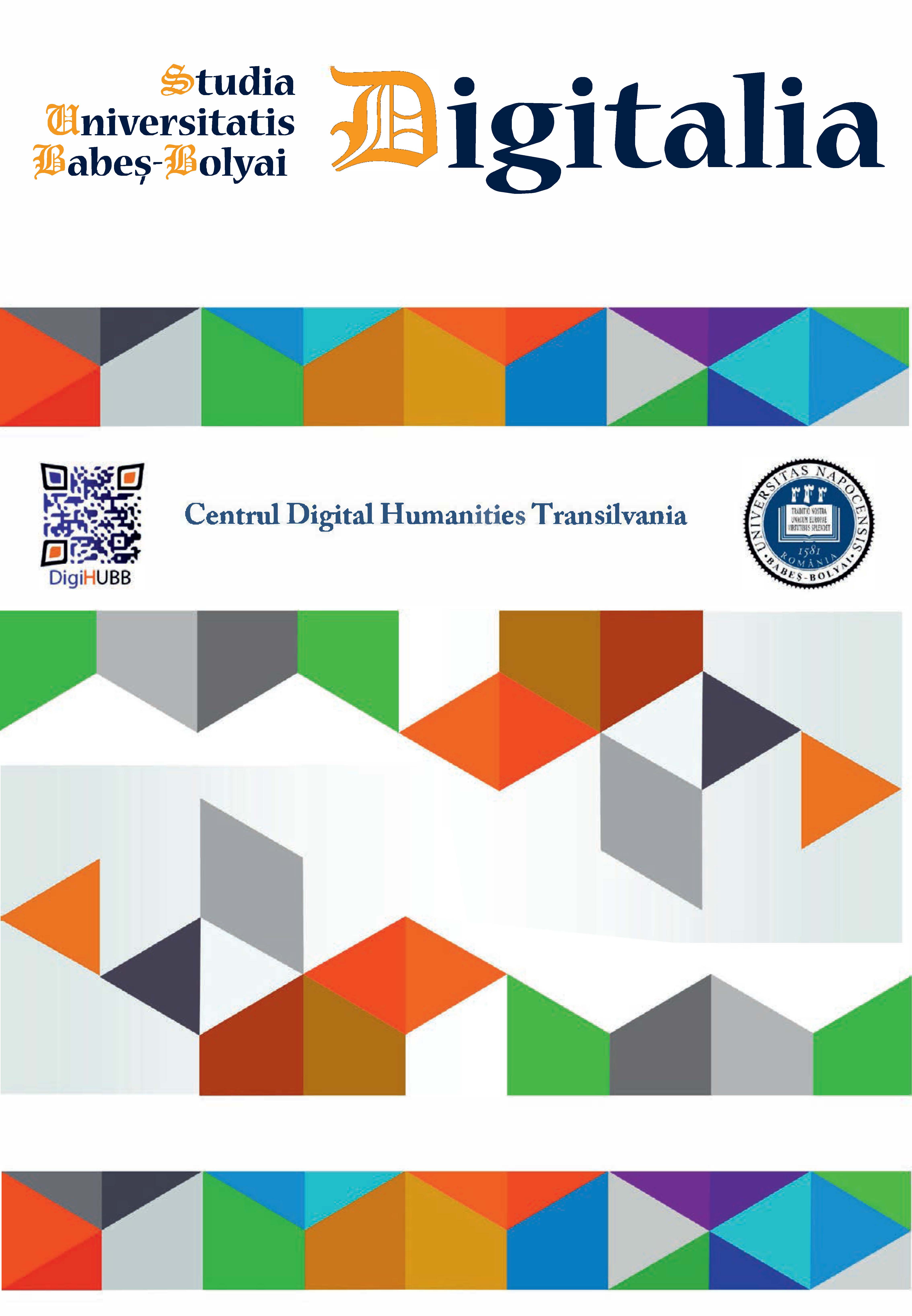
As editors of Studia Universitatis Babeș-Bolyai Digitalia, we are proud to announce the publication of the third issue of Studia Universitatis Babeș-Bolyai Digitalia, the first Romanian academic journal dedicated entirely to the Digital Economy and Humanities research and practice. The main aims of Studia UBB Digitalia are motivating and promoting the research in the interdisciplinary field of Digital Economy and Humanities, especially in Europe, in general, and Romania, in particular. Publishing a new journal on Digital Economy and Humanities is indeed an audacity, given that the field is still seen, after decades of evolution, as an odd hybrid between seemingly incompatible realms of scientific endeavour. Bridging this apparent dichotomy has been the focus of many researchers in the economy, humanities and the computer sciences for the past 50 years, but still the boundaries between the realms exist and grow strong, especially in the institutional practice of universities. Trying to break this barrier proves to be even harder in Romania, where the classification of “traditional” fields of scientific research dictate the distribution of research funds and the evaluation process of research output. Chances are, if an historian publishes an article on his research using computational methods in a journal for computer sciences, that his or her results cannot be “capitalised” in his own field; likewise, computer scientists may see their work in Digital Economy and Humanities not accounted for, if published elsewhere than in well-known CS journals. Digital technologies in economy area have impacted the modern workplace and stimulated the evolution of new forms of management. We are interested how big data and digital technologies are changing how we work and the world we live in. The digital phenomenon is multifaceted and changes the way organizations compete and innovate. It threatens long-lasting business models, and opens up new ways of creating and capturing value. As such, it is not only clearly relevant for management and IT&C practitioners, but also centrally important for management scholars. Digital Humanities and Economy: digital economy is an interdisciplinary field that also uses contributions from digital humanities: big data to understand narratives and plots, methods such as algorithmic analysis of text / videos, advanced visualization techniques, 3-D mapping of texts, digital economy tools for analyzing business and management content, communications, and behavior. The digital humanities sit at the crossroads of computer science and the humanities.
More...
The main sets of symbols of Russia in the visual media culture of Japan are formed in the XX century. This period was saturated with military conflicts and under the conditions of a bipolar political system; reactionary images with noticeable militaristic influence were formed. This study was performed on the materials of visual media culture in Japan, sources such as anime and manga were studied, in which a high concentration of Russian images is observed. During the study of these sources, a complex of several hundred visual and verbal images of Russia was identified, which seems to be a unique phenomenon. Since such an interest in the country-opponent in foreign policy issues is nowhere else observed. The purpose of this study is to identify markers that denote the space of Russian images in individual visual sources and determine their place in the media culture as a whole. Accordingly, the main objective of the study became the development of methods based on approaches of Digital Humanities and Visual Studies. This study allows us to determine the most economically viable images of Russia in the Japanese media industry and makes it possible to use the results of the research in Russia’s state image by stimulating Japan’s visual media culture sector for representation the most auspicious images.
More...
The dynamic economic environment is driving the evolution of traditional supply chains toward a connected, smart, and highly efficient supply chain ecosystem. Algorithms become powerfull tools that enable machines to make autonomous decisions in the digitized supply chain of the future. The present paper proposes an decision making mechanism for smart supply chain management in the petroleum industry. This industry has a strategic position as it is the base for other essential activities of the economy of any country. The petroleum industry is faced with volatile feedstock costs, cyclical product prices and seasonal final products demand. The current paper considers the position of a refinery as it is at the middle of the integrated petroleum supply chain, between the upstream and downstream. It procures crude oil from upstream assessing the price, quality, timing, and distance to the refinery in order to decide the optimal acquisition. Additionally, the refiner has to carefully monitor the price risk and manage the inventory. The manufacturing activities of the refiner requires thoroughly planning and scheduling the production levels and supply chains for all the derivates and feedstocks for petrochemical industry using tools for decision making in order to estimate market opportunities and threats under volatile market conditions.In order to provide a reliable and practical decision making model, the current paper proposes a mechanism for decision support under uncertainty using maximum expected utility.
More...
In the present study, we analyze the students’ reaction to the introduction of Web 2.0 as teaching-learning environment in digital economic theory, in a society where the internet was introduced in 1990. The article is the result of a research extended over two years. The research focuses on the study of behavior observed to the students with computer usage knowledge in relation to the translation of their activities on Moodle platform. The students belong to a department of Economics Informatics of a Romanian University. Specifically, we sought if Moodle with its facilities to assist/guide the student in the learning process can increase the percentage of those who will assimilate knowledge of databases theory apply in economic fields, compared to traditional ways of teaching. The outcome of this study can be considered favourable on Moodle application.
More...
The present study was originally aimed at creating a helping tool for teaching and understanding art history through the use of visual schemes. Despite the fact that timelines are often present in both history and art history books their status is rather that of footnotes (Wolf, Gombrich 656-663, * * * 392-395) and a study for their methodology and usage was truly lacking. Considering the way in which simple data visualization can comprise vast amount of information and deliver it in an efficient manner, it makes it worthwhile to ensure its scientific quality and accuracy through proper methods, as well as to actually creating ones that are both simple and eye-catching. Thus this paper is a result of a personal interest in the development of such tools and the challenges encountered along the way. Offering valuable information in a short glimpse through simple graphics over the life and the artistic creation of various artists is only enhanced by the opportunities provided by digital tools and the virtual environment, so it is perhaps an auspicious time to start seriously considering this type of research.
More...
Once the advances in technology evolved into being recorded, and awareness regarding globalization processes strengthened, it became facile to observe the rhythm and the series of changes produced in societies, political systems or economic and cultural life, as well as the transversal effects that resurface. And unequivocally these effects become implied in most areas of activity. Thus, an example of this could be the appointment of the first Digital Ambassador, namely that of Denmark, “based out in Silicon Valley, in order to create a line of communication between the US tech companies and the Danish government” .
More...